Flight attendants, the frontline ambassadors of the aviation industry, are gearing up for a showdown as they prepare to take their grievances to the heart of Wall Street. With issues ranging from stagnant wages to unresolved contractual disputes, the inflight workers of American Airlines are poised to make their voices heard in a protest scheduled for Monday, coinciding with the airline's Investor Day. Amidst simmering tensions and escalating demands, the stage is set for a pivotal moment in the ongoing battle for fair treatment and equitable compensation.
Background: The Struggle for Fair Wages
For years, reports have circulated detailing the financial hardships faced by many flight attendants, exacerbated by low wages that fail to keep pace with the rising cost of living. Last month saw crews picketing at various bases across the country, underscoring the urgency of their plight. Despite American Airlines' assertion of offering an "industry-leading" contract proposal last September, flight attendants remain unsatisfied, citing significant gaps in addressing key demands, including substantial pay raises.
The Planned Protest: A Show of Unity
As revealed in an internal memo obtained by View From The Wing, flight attendants, organized under the Association of Professional Flight Attendants (APFA), are set to convene on Wall Street for a coordinated protest. The directive, urging attendants to don their uniforms and gather near Joe and Juice on Broad Street, signifies a united front in their quest for a better collective bargaining agreement. The memo, shrouded in secrecy, emphasizes discretion in inviting fellow workers and prohibits social media postings to maintain the element of surprise.
Chants and Signs: Amplifying Their Message
With slogans like "AA: No Retro Pay / No Way!" and "AA Makes Billions - We Can't Make Rent!", flight attendants aim to amplify their message of discontent during the protest. These rallying cries encapsulate the frustration felt by many inflight workers grappling with financial insecurity amidst the airline's profitability. The demand for immediate action on contract negotiations reverberates through the streets of New York City, serving as a stark reminder of the disparity between corporate profits and employee well-being.
Legal Battles and Negotiation Stalemates
The path to resolution has been marred by legal hurdles and negotiation stalemates, with APFA's request for a strike authorization denied by the National Mediation Board last November. Despite this setback, the union remains undeterred, pushing for a thirty-day cooling-off period to escalate pressure on American Airlines. With a status conference scheduled for next week, both parties are bracing for a showdown that could potentially alter the trajectory of their protracted dispute.
Looking Ahead: The Prospect of Industrial Action
As tensions escalate and negotiations reach an impasse, the specter of industrial action looms large over American Airlines. APFA's recent distribution of strike booklets to its members serves as a stark reminder of the imminent possibility of a walkout. With preparations underway for a potential strike, flight attendants are steadfast in their resolve to fight for equitable treatment and a fair contract that reflects their invaluable contributions to the airline industry.
Conclusion: A Call for Fairness and Equity
The upcoming protest in New York City represents more than just a gathering of disgruntled employees; it symbolizes a collective call for fairness, equity, and respect in the workplace. As American Airlines' flight attendants prepare to take flight in protest, their message reverberates far beyond the confines of Wall Street, resonating with workers across industries grappling with similar challenges. In the battle for a new collective bargaining agreement, the stakes are high, but the resolve of inflight workers remains unwavering as they stand united in pursuit of a brighter future.
Read next
Lufthansa's ambitious bid for a minority stake in ITA Airways has ignited concerns within the European Union's antitrust watchdog. As the German carrier seeks to secure a significant 41% share in the Italian state-owned rival, valued at €325 million, it faces hurdles posed by EU competition regulations. The European Commission has embarked on a thorough investigation, prompted by fears that the acquisition may compromise competition in both short-haul and long-haul passenger air transport services.
The Antitrust Challenge
The European Commission's scrutiny stems from apprehensions surrounding the potential reduction in market competition should Lufthansa's bid proceed unchecked. The investigation, initiated in January, delves into the intricacies of how the acquisition could impact various air routes, both within Europe and beyond. Of particular concern is the possibility that the merger could result in a diminished landscape for consumer choice and competitive pricing.
The Question of Entity Treatment
Crucially, the Commission is also evaluating whether Lufthansa, ITA Airways, and their associated partners—namely United Airlines and Air Canada—should be treated as a unified entity post-merger. This consideration is pivotal in determining the extent of regulatory oversight and the necessary measures to preserve fair competition within the aviation sector.
Anticipated Regulatory Action & Remedies in Focus
Sources close to the matter suggest that Lufthansa is bracing for an impending statement of objections from the European Commission, detailing specific concerns by mid-March. This development underscores the gravity of the regulatory challenges facing the airline giant as it navigates the intricate landscape of EU antitrust scrutiny.
In response to mounting regulatory pressure, Lufthansa is prepared to proffer targeted remedies aimed at assuaging competition concerns raised by the European Commission. Drawing parallels with past antitrust cases, particularly the Korean Air and Asiana deal, Lufthansa may need to explore concessions such as relinquishing slots, traffic rights, or even aircraft assets to facilitate the entry of competitors into overlapping routes.
Past Efforts and Future Strategies
Despite having previously proposed remedies during the preliminary stages of the EU watchdog's review, Lufthansa's overtures were rebuffed due to inadequacies in addressing regulatory apprehensions. As the stakes escalate with the imminent issuance of a statement of objections, the airline faces a critical juncture in its strategic approach. The efficacy of its proposed remedies will be scrutinized against the backdrop of preserving market competitiveness and safeguarding consumer interests.
Conclusion
Lufthansa's bid for a minority stake in ITA Airways stands at a crossroads, with the specter of EU antitrust intervention looming large. The forthcoming statement of objections from the European Commission signals a pivotal phase in the regulatory saga, wherein the efficacy of proposed remedies will be tested against the backdrop of ensuring a level playing field in the aviation industry. As stakeholders await further developments, the outcome of this high-stakes antitrust battle will reverberate across the aviation landscape, shaping the contours of competition and consolidation within the sector.
Read next
The Federal Aviation Administration (FAA) has announced its decision to enforce a remedy for a potential design flaw in the Boeing 737 MAX aircraft, a move aimed at ensuring the continued safety of air travel. This latest development, disclosed in a recent report by the Seattle Times, underscores the FAA's commitment to proactive oversight and underscores ongoing efforts to address concerns within the aviation industry.
Mandate for Resolution & Scope of FAA Directives
The FAA's directive pertains to an identified issue that could hypothetically lead to the disabling of the jet's engine anti-ice system. While the likelihood of such an event occurring remains remote, the FAA deems it necessary to implement a fix as a precautionary measure. This action follows a separate directive issued last year, which imposed restrictions on the utilization of the engine anti-icing system on the 737 MAX.
In February, the FAA issued two airworthiness directives specifically addressing conditions affecting the Boeing 737 MAX, as well as outlining inspection and repair protocols for the Boeing 787 Dreamliner. These directives underscore the FAA's rigorous approach to ensuring the safety and reliability of commercial aircraft.
787 Dreamliner Concerns & Boeing's Response
Notably, airlines have reported a distinct issue with a system on Boeing's 787 Dreamliner fleet, resulting in what the FAA describes as "relatively minor" damage to engine inlets on approximately two dozen aircraft currently in service. Boeing has acknowledged these concerns and has been actively engaged in addressing them.
Boeing, in response to the recent developments, has emphasized its commitment to safety and transparency. The aerospace giant stated that it initially identified the MAX issue during a comprehensive review of flight deck systems in 2021. Subsequently, Boeing issued directives to operators in November 2022, outlining measures to mitigate any potential risks associated with the identified design flaw. The company has underscored that the issue is exceedingly rare and has never been observed throughout decades of service across Boeing's aircraft models, including the predecessor 737 NG series.
Safety Assurance
Both Boeing and the FAA have reiterated that the identified concerns do not pose immediate threats to flight safety, as extensive engineering analyses have been conducted to assess the potential risks. Nevertheless, the proactive measures taken by both entities underscore their unwavering commitment to ensuring the safety and reliability of commercial aviation.
Conclusion
The FAA's mandate for a fix to address the identified design flaw in the Boeing 737 MAX reflects a proactive approach to aviation safety. As stakeholders collaborate to implement necessary remedies and enhancements, passengers can rest assured that the skies remain one of the safest modes of travel. This latest development serves as a testament to the aviation industry's ongoing dedication to maintaining the highest standards of safety and reliability.
With Inputs from Reuters
Read next
Has Boeing's Crisis Sparked a Reshuffle with Spirit AeroSystems Purchase Talks?
Abhishek Nayar
04 Mar 2024
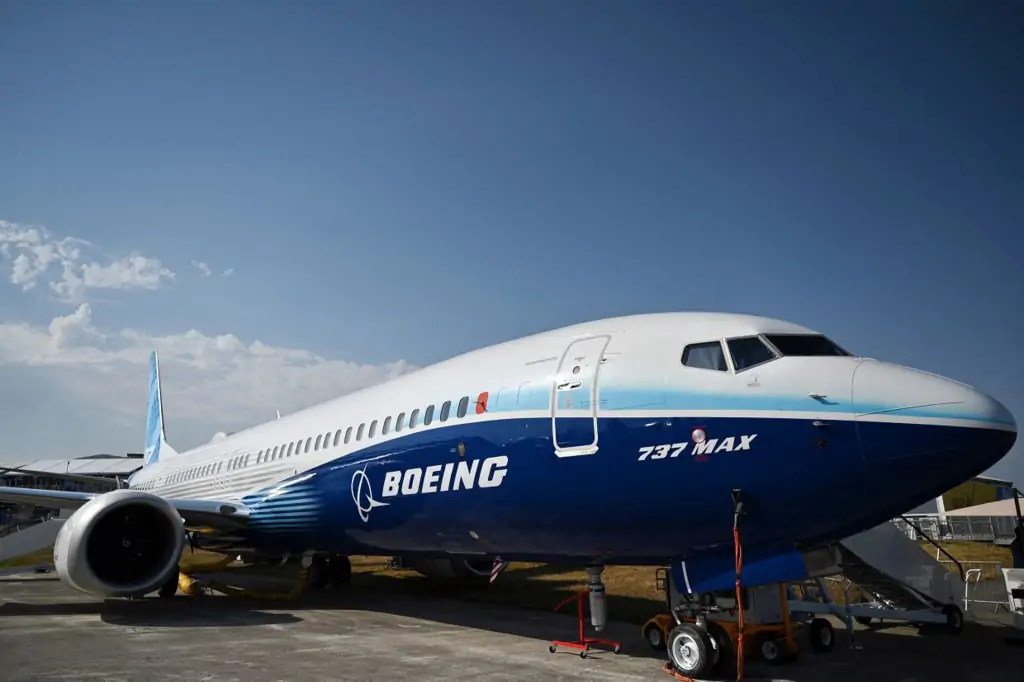
In recent weeks, Boeing has found itself grappling with a multifaceted crisis, triggered by a mid-air panel blowout and exacerbated by ongoing concerns regarding aviation safety and production quality. As the aviation giant navigates these challenges, it has initiated talks to potentially acquire its former subsidiary, Spirit AeroSystems, in a bid to regain control over its manufacturing operations and address pressing issues.
The Genesis of Boeing's Crisis
The latest crisis plaguing Boeing stems from a mid-air incident on January 5th, wherein a panel blew off at 16,000 feet, raising significant safety concerns. This event has underscored broader issues surrounding the company's safety record, particularly in the wake of two fatal crashes involving the 737 MAX aircraft in 2018 and 2019.
Boeing's Response: Talks of Acquisition and Production Delays
In response to the escalating crisis, Boeing has embarked on strategic maneuvers, including discussions to reacquire Spirit AeroSystems, its former subsidiary. This potential reintegration aims to bolster aviation safety, enhance quality control, and address concerns raised by regulators and industry stakeholders.
Furthermore, Boeing has announced delays in its plans to ramp up production of the 737 jetliner. These delays are attributed to efforts to regain industry confidence, ensure adherence to stringent regulatory standards, and implement improved oversight mechanisms.
Spirit AeroSystems: A Key Player in Boeing's Strategy
Spirit AeroSystems, a major manufacturer of aircraft structures, has emerged as a focal point in Boeing's strategy to overcome its current challenges. The potential acquisition of Spirit could afford Boeing greater control over manufacturing processes, thereby mitigating quality issues and streamlining production.
Challenges and Opportunities
While the prospect of acquiring Spirit AeroSystems presents strategic advantages for Boeing, it also entails financial considerations and operational complexities. Spirit's recent struggles, including cash flow problems and quality issues, necessitate a comprehensive evaluation of the potential benefits and risks associated with the acquisition.
Navigating Regulatory Scrutiny and Stakeholder Concerns
Against the backdrop of heightened regulatory scrutiny and stakeholder concerns, Boeing faces the imperative of restoring trust and credibility within the aviation industry. Addressing safety deficiencies, enhancing quality assurance measures, and fostering transparency are paramount to rebuilding confidence among customers, regulators, and the general public.
Conclusion: A Path Forward for Boeing
As Boeing confronts its current crisis, the proposed acquisition of Spirit AeroSystems represents a pivotal juncture in its strategic trajectory. By consolidating control over manufacturing operations and prioritizing safety and quality, Boeing endeavors to emerge from this challenging period stronger and more resilient.
However, the road ahead remains fraught with challenges, requiring concerted efforts to navigate regulatory complexities, address operational deficiencies, and rebuild trust. Ultimately, Boeing's ability to effectively manage this crisis and execute its strategic initiatives will shape its trajectory in the aviation industry for years to come.
With Inputs from Reuters
Read next
Boeing Faces Calls for Change as Emirates Raises Concerns Over Safety and Delivery Delays
Abhishek Nayar
04 Mar 2024
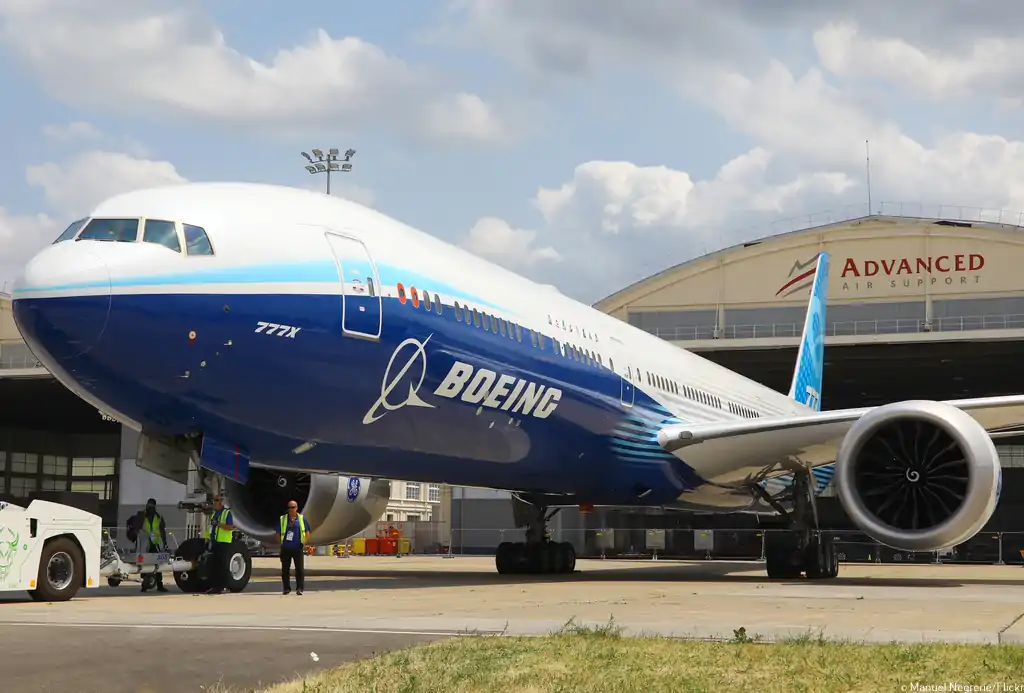
Dubai's Emirates President, Tim Clark, has voiced concerns over Boeing's management and safety protocols following recent criticisms from U.S. regulators. As the aviation industry grapples with safety issues and delivery delays, Emirates, the world's largest operator of long-distance aircraft, raises questions about the future of Boeing's leadership and the timeline for its flagship 777X aircraft.
Safety Concerns and Management Shake-Up
Clark highlights the disconnect between Boeing's management and its safety systems, echoing the U.S. Federal Aviation Administration's (FAA) call for "profound improvements." While stopping short of demanding a management shake-up, Clark emphasizes the need for significant changes within Boeing to address systemic quality-control issues.
Pressure Mounts on Boeing, Delivery Delays and Uncertainties
Boeing faces mounting pressure as it navigates through multiple crises, including the recent blowout incident on a 737 MAX 9 jet. The FAA's demand for action within 90 days underscores the urgency for Boeing to address safety concerns and restore confidence in its operations.
Emirates' concerns extend beyond safety issues to delivery delays, particularly regarding the highly anticipated 777X aircraft. Clark suggests the delivery timeline could slip into 2026, adding further uncertainty to Boeing's production schedule and impacting key customers like Emirates.
Rolls-Royce Engine Dispute & Path Forward for Boeing
In addition to Boeing's challenges, Emirates reiterates its stance on the Airbus A350-1000, citing concerns over Rolls-Royce engines. The reluctance to purchase the aircraft until engine reliability is proven underscores the importance of robust performance in demanding operating environments.
Despite the challenges, Clark acknowledges Boeing's exceptional workforce and engineering capabilities, suggesting that the situation is salvageable with the right leadership and actions. However, Boeing must demonstrate a commitment to addressing safety concerns and meeting delivery timelines to regain trust and confidence in its products.
Conclusion
Boeing finds itself at a critical juncture as it confronts safety issues, delivery delays, and customer concerns. The call for change from Emirates adds to the pressure on Boeing to address systemic issues and restore confidence in its operations. As the aviation industry closely watches developments, the path forward for Boeing hinges on its ability to enact meaningful reforms and deliver on its promises.
With Inputs from Reuters
Read next
In the ever-evolving landscape of the airline industry, negotiations between airlines and pilot unions play a crucial role in shaping the terms and conditions for flight crews. Recent developments at Emerald Airlines, operating under the Aer Lingus Regional franchise, shed light on the ongoing dynamics between management and pilots' representatives. Let's delve into the details.
Emerald Airlines Pilots Secure Pay Increase
Pilots at Emerald Airlines have successfully secured a significant pay increase following negotiations between the airline and the Irish Airline Pilots’ Association (IALPA). The three-year agreement, subject to approval by the pilot workforce, promises a 10% pay raise, spread over increments until 2026.
Terms of the Agreement & Impact on Industrial Harmony
The agreement entails a 3.5% pay increase effective March 1, 2024, followed by another 3.5% hike in 2025, and a 3% increase in 2026. Additionally, the agreement includes enhancements in sick pay, the introduction of a service-related pay scale, and a seniority agreement at the airline.
The deal reached between IALPA and Emerald Airlines is expected to mitigate the risk of industrial action, which previously caused widespread disruption across the Aer Lingus Regional network in 2023. With IALPA recommending the agreement, it is highly likely that pilots will approve the offer in the upcoming ballot scheduled for March 5, 2024.
Financial Considerations & Operational Context
While negotiations have resulted in favorable terms for pilots, the financial outlook for Emerald Airlines remains a point of concern. The company, controlled by Irish businessman Conor McCarthy, recorded losses of over €21 million in 2022. However, provisions for further negotiations on enhancing the agreement are contingent upon the airline generating accumulated profits by 2026.
Emerald Airlines currently operates 17 ATR72 turboprop aircraft, primarily servicing routes between the UK, Europe, and Dublin. The airline plays a pivotal role in facilitating traffic flow to Aer Lingus’ long-haul network from Dublin Airport, with a significant presence at Belfast City Airport, where it absorbed routes formerly operated by the now-defunct Flybe.
Aer Lingus Pilots' Rejection
In contrast to the successful negotiations at Emerald Airlines, over 700 pilots at Aer Lingus rejected a recent pay rise proposal of 8.5% in February 2024. Talks between the airline and its unions have been ongoing for over a year, with negotiations now escalating to the Irish employment courts due to alleged lack of responsible engagement by IALPA.
Conclusion
The recent agreement between Emerald Airlines and its pilots underscores the significance of effective negotiations in addressing labor concerns within the airline industry. While pilots celebrate their achievements, challenges persist in balancing financial sustainability with workforce demands, as exemplified by ongoing negotiations at Aer Lingus. As the industry navigates through turbulent times, finding common ground between management and pilots remains essential for sustainable growth and operational stability.

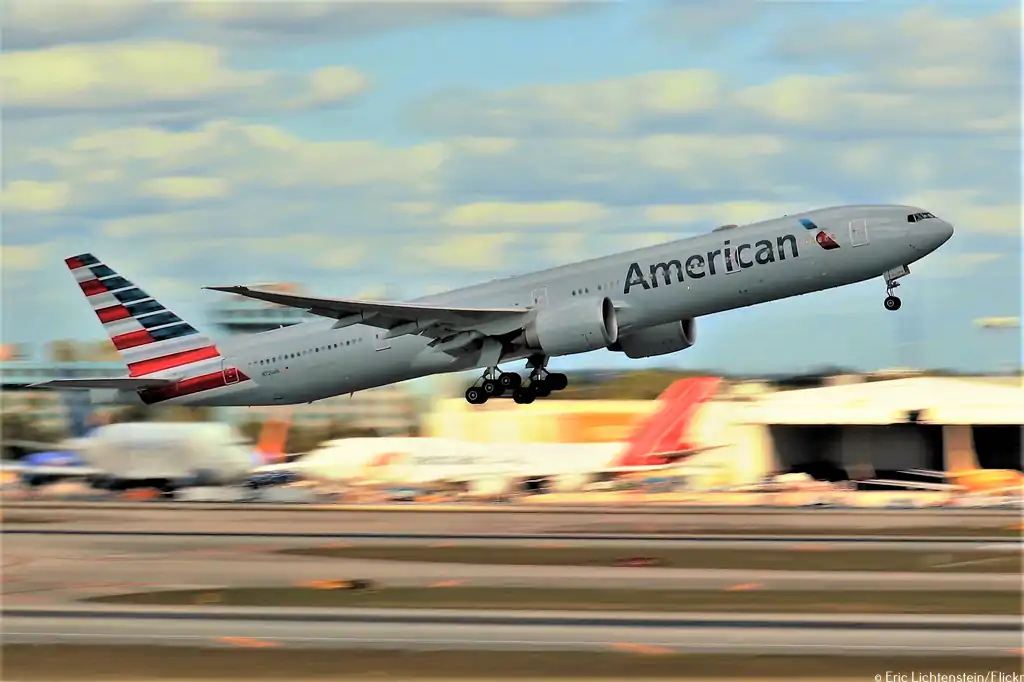

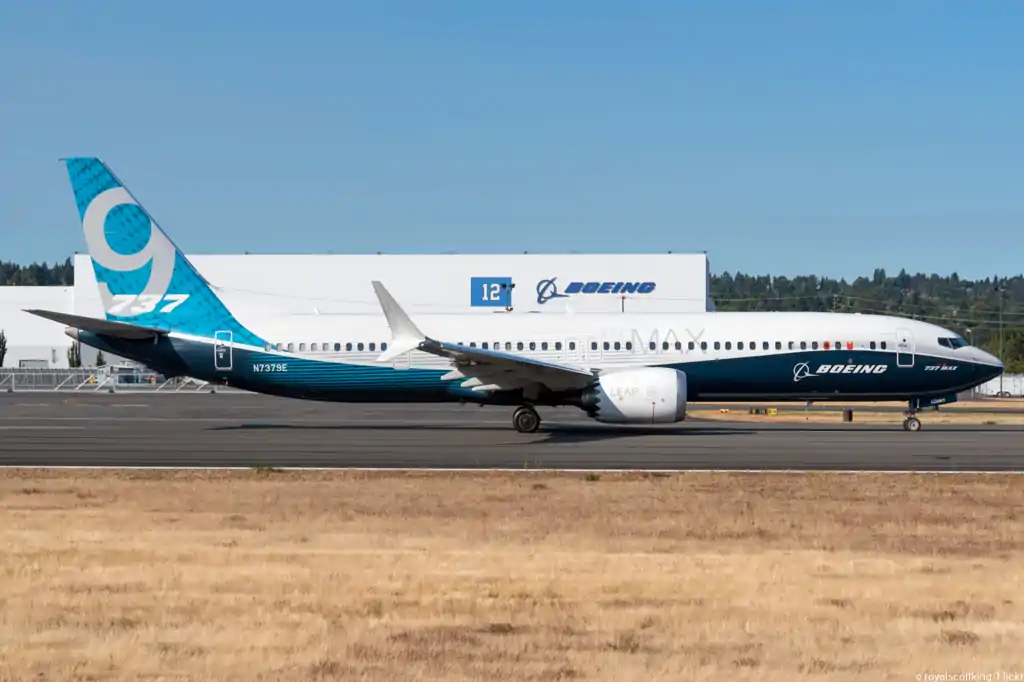
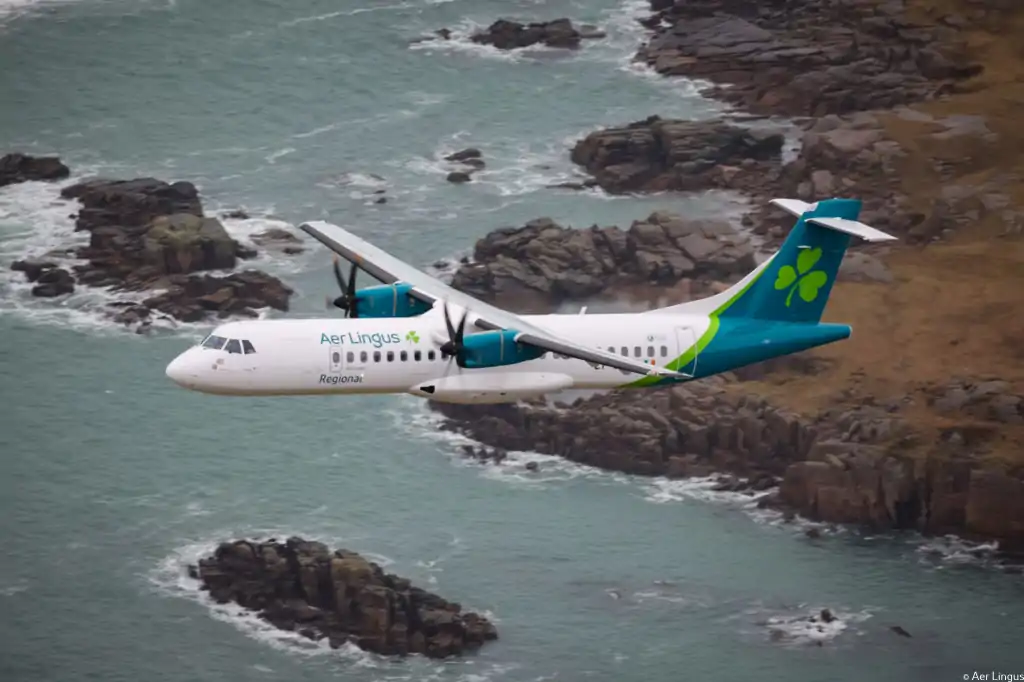
Comment